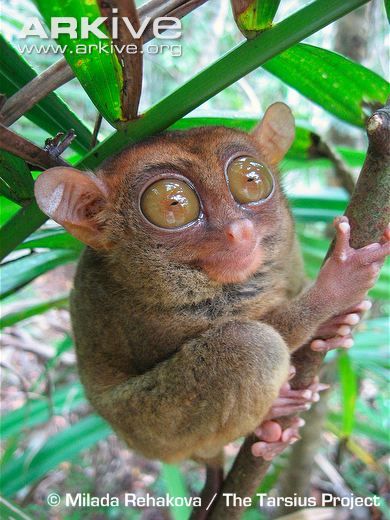
NEXT UP: 6-seed Sphinx Monkey (Mandrillus sphinx) vs. 7-seed Blue-Capped Ifrit (Ifrita kowaldi) #2021MMM 



Sphinx Monkey brutally devoured Bush Squirrel & avoided confrontation with Chimpanzee (& Hawk-Eagle) to reach the #Sweet16. Ifrit, meanwhile, made an eye-popping escape from the mouth of Brussels Griffon before repelling Cryptkeeper Wasp. #2021MMM
The @IUCNRedList classifies Sphinx Monkeys (aka Mandrills) as 'vulnerable'. Deforestation & habitat destruction are major threats & have caused population decline in recent years. #2021MMM
Mandrills are also heavily impacted by human hunting due to their large size, conspicuousness (the COLORS! the SOUNDS!), & terrestriality. Even when not the intended prey, mandrills "are more prone to being caught in wire snares than arboreal species." (Struhsaker 2004) #2021MMM 

Mandrill meat can be economically important to locals, so it's crucial for conservationists to work with resident communities to find sustainable alternatives to game hunting. #2021MMM [warning: some graphic photos] blog.nature.org/science/2015/1…
The batrachotoxins in Blue-Capped Ifrit's skin & feathers mean that "simply handling the birds can produce numbness, tingling and sneezing" in humans. As a result, human impact on these birds is mostly indirect. #2021MMM medicalnewstoday.com/articles/308864
Yet while exact numbers are unknown, Blue-Capped Ifrit populations appear stable & @IUCNRedList gives them a conservation rating of 'least concern'. #2021MMM
Mandrill retains #HomeHabitatAdvantage in this round, so today we find ourselves in the equatorial rainforest of Lékédi Park in Southern Gabon, home to Projet Mandrillus (@MandrillusP). #2021MMM 

Blue-Capped Ifrit is a long way from his home in New Guinea, and while the forest here is at a similar latitude, the elevation is much lower than Ifrit is used to. #2021MMM
Below him, Ifrit sees a large congregation of unfamiliar creatures with "resplendent colors [that compare] with those of the most brilliant birds." Their faces are "a fine blue, with the ridge and tip of the nose of the most brilliant red." (Darwin 1871) #2021MMM
Mandrill is sitting & foraging with his troop. Unaware that he is being observed by Ifrit above, Mandrill shakes his head & shoulders & a female ambles over and begins to groom him. #2021MMM
Ifrit turns to look in the opposite direction. He is hungry from his #MMMagicial mystery journey to Gabon, & wants to find something to EAT. #2021MMM 

Descending to the forest floor, Ifrit spies a beetle scrambling through the leaf litter & snatches the unfortunate insect. There is a muted crackle as Ifrit's beak crushes the beetle's exoskeleton. #InvertebrateCarnage #2021MMM
Ifrit tries to fly away, but he is clenched firmly in Mandrill's hand. Ifrit has time only to observe the "great canine teeth" (Darwin 1871) in the yawning mouth above him before Mandrill delivers a 'craniocervical kiling bite'. #2021MMM sciencedirect.com/science/articl…
PTHW-WHTTT! Mandrill spits out feathers & pieces of Ifrit skull as he immediately feels the effects of the batrachotoxins! Luckily, toxin levels in Ifrit head feathers are lower than those of the belly, breast, & leg feathers. (Dumbacher 2000) #2021MMM
Mandrill drops Ifrit's remains in favor of returning to safer forage. He takes a bite of fruit & stores some in his cheek pouch, ignoring the drool & small bits of pulp that dribble past his slightly numb lips & down his yellow beard. #PlantCarnage #DroolsLikeAKangaroo #2021MMM
SPHINX MONKEY DISPATCHES BLUE-CAPPED IFRIT!!! #2021MMM
• • •
Missing some Tweet in this thread? You can try to
force a refresh

















